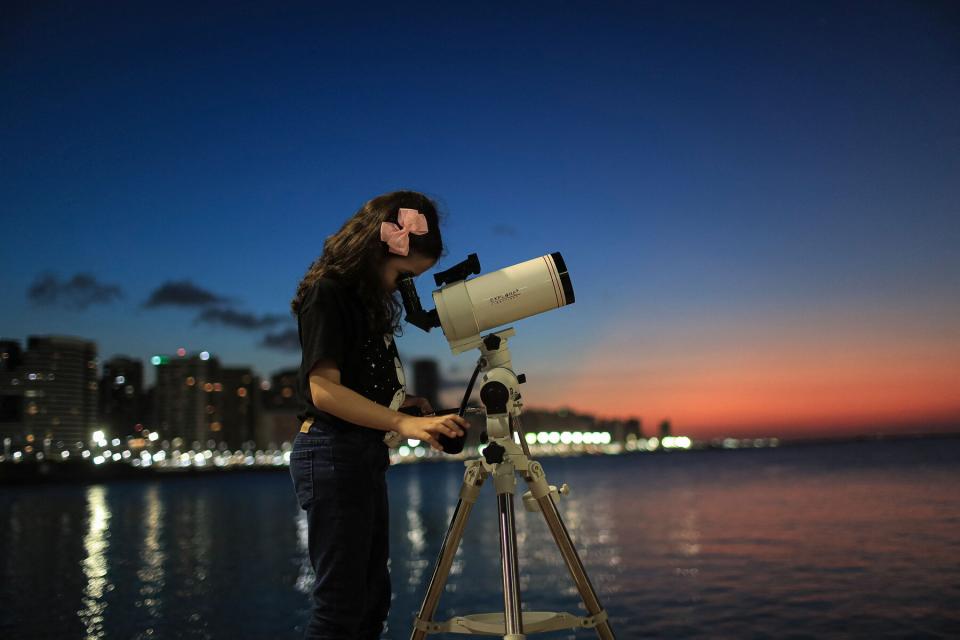Scientists Want Your Help Discovering New Planets — Here's How to Get Involved
Ever dreamed of being a space explorer? You know, the one responsible for finding out what's really out there in the great unknown? Now's your chance.
This month, the Planet Hunters Next-Generation Transit Search (NGTS) opened up its current library of research to the public so anyone can now help them track down potential planets lurking out there in the universe.
Essentially, we're needed as a second set of eyes, the international group of astronomers that runs the research shared on its Zooniverse page.

JARBAS OLIVEIRA/AFP via Getty Images
"The Next-Generation Transit Survey have been searching for transiting exoplanets around the brightest stars in the sky," the team wrote. "We need your help sifting through the observations flagged by the computers to search for hidden worlds that might have been missed in the NGTS team's review. Most of the planets in the dataset have likely been found already, but you just might be the first to find a new exoplanet not known before."
As ScienceAlert noted, it's OK if you don't have experience as a professional astronomer. All you need is a "keen eye and some patience" as you look through images the team collected from its telescopes at the European Southern Observatory (ESO) Paranal Observatory in Chile and check to see if they missed anything.
"The automated algorithms produce lots and lots of possible candidate transit events that need to be reviewed by the NGTS team to confirm whether they are real or not," astronomer Meg Schwamb, from Queen's University Belfast in the UK, additionally shared with ScienceAlert. "Most of the things spotted by the computers are not due to exoplanets, but a small handful of these candidates are new bona fide planet discoveries."
Just how many images are there to look at? The telescopes snap a photo every 10 seconds to see if a planet is passing in front of a faraway star. These cameras have been running for about five years... so you do the math, since you want to be a scientist and all.
"It is exciting to be able to involve the public in our search for planets around other stars," astrophysicist Peter Wheatley from the University of Warwick in the UK and the lead of NGTS, told ScienceAlert. "We are pretty sure our computer programs are missing some planets."
As of Oct. 25, the project was just 25% complete, meaning your help can go a long way in assisting the research. See more about the project and sign up to volunteer here.


